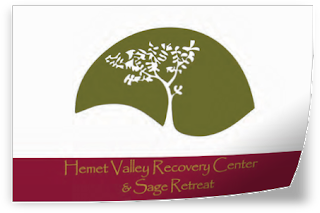The baby boomer generation came of age during the 1960s and 1970s, an area marked by changing attitudes toward drug and alcohol use, and substance use disorder has remained prevalent among this population as they’ve aged. In fact, substance use disorder rates among those 50 and older are expected to increase from about 2.8 million in 2006 to 5.7 million in 2020.
Here’s a look at four substances that are most commonly abused by older adults:
1. Alcohol
Although the rates of illicit and prescription drug misuse among adults over 65 are on the rise, alcohol is still the most commonly used substance among older adults, so much so that it is referred to as an invisible epidemic.
Most existing research on substance use among older adults centers on alcohol use. Although research suggests that light to moderate alcohol consumption offers some health benefits, risky or heavy drinking is associated with increased risk of falls and mortality, and it also indicates a broader pattern of other health risks, including a history of alcohol abuse or dependence, smoking, and major depression.
2. Tobacco
Teenagers’ attitudes toward tobacco have shifted in recent years, and overall tobacco use has hit a record low, but tobacco use among older adults is still quite common. 14% of adults ages 65 and older report having used tobacco within the last 12 months.
Smoking is particularly dangerous for older smokers who are at an increased risk of health problems, including respiratory conditions, cardiovascular disease and cancer. Tobacco use may be down among younger age groups, but aging baby boomers are likely to spike the total number of older adults who need smoking cessation services in the next several years.
3. Marijuana
Illicit substance use is more prevalent among older adults in the United States than in any other country in the world. Marijuana remains, by and far, the most prevalent illicit substance used. The number of adults ages 65 and older who reported marijuana use increased by 250% between 2006 and 2013. The legalization of marijuana and medical marijuana have contributed to more lax attitudes toward the substance, and more older adults may use it to manage illness-related side effects, which can lead to recreational use.
4. Prescription Opioids
Prescription drug abuse is a public health emergency but rarely does the conversation mention older adults. Older adults report misusing painkillers more than any other type of prescription drug. According to an AARP survey, “The prevalence of older adults who reported misusing painkillers in the past year is about 1 percent among adults 65 and older and less than 4 percent among adults 50 to 64.” Those numbers are particularly concerning when you consider that 51% of adults ages 50-64 and 70% of adults ages 65 and older got painkillers from their doctor.
Opioid use among older adults may increase the risk of falls, fractures, delirium, pneumonia and all-cause mortality. The rate of opioid-related hospitalizations among older adults ages 65-84 quintupled between 1993 and 2012.
Substance use, especially prescription drug use, is a growing concern among all ages, especially older adults. Recovery is possible, but it requires a treatment plan that is structured around the needs of this unique age group. Hemet Valley Recovery Center offers an Older Adult Addiction Treatment Program that encompasses interdisciplinary care administered by a team of experienced physicians, registered nurses, therapists and dieticians.
We believe in the efficacy of our Older Adult Program and want it to be accessible to all because it’s never too late to get treatment. We accept a range of insurances, including Medicare and TRICARE. Contact HVRC to learn more about Older Adult Program and verify your insurance benefits.


